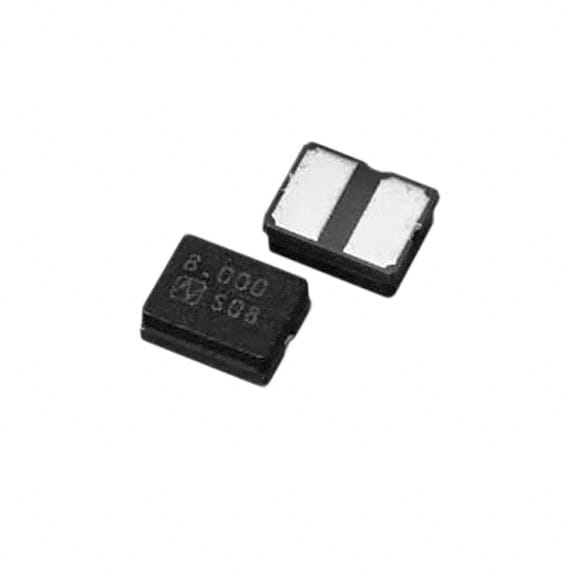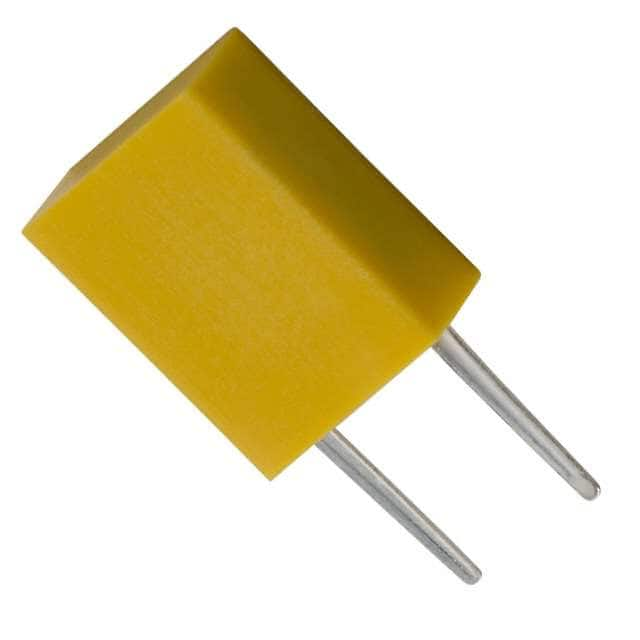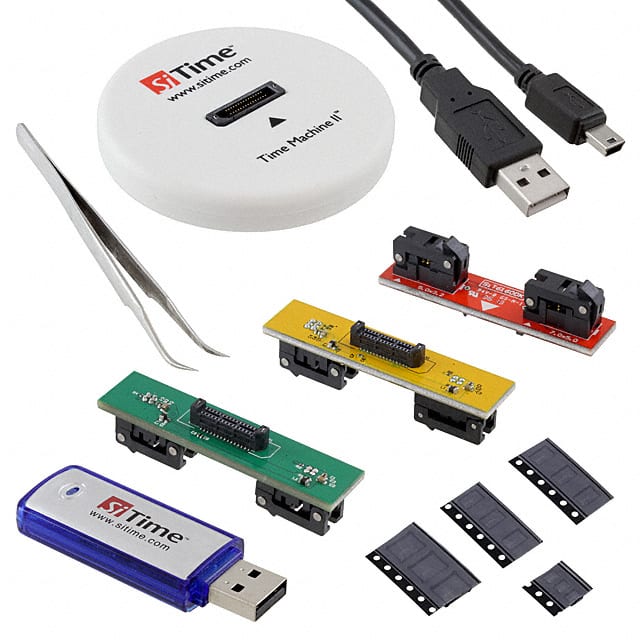
Pin Configurable Selectable Oscillators
Crystal, oscillator, resonator definitions
A crystal is a substance, usually a solid, whose atoms or molecules are arranged in a highly ordered and repetitive manner, with a regular lattice structure. Crystals exhibit specific physical properties such as transparency, refraction, and optical effects, making them widely used in a variety of applications, including electronic devices, optical components, and jewelry.
An oscillator is an electronic device capable of producing a stable frequency oscillating signal, usually a sine wave. Oscillators are widely used in electronic circuits for timing, signal generation and frequency synthesis.
A resonator is an electronic component that has the characteristic of oscillating at a specific frequency.It can generate, filter or respond to signals of specific frequencies through oscillators and is used in tuned circuits, filtering and wireless communication systems
Alternative uses of ceramic resonators in electronic circuits and applications of TCXOs
"Ceramic resonators are often used to replace quartz crystals as clocks or signal generators in electronic circuits due to their low cost and smaller size. They typically have lower Q values and a wider frequency range in applications , which makes them a favorable choice for TCXOs (Temperature Compensated Crystal Oscillators)."
What are the characteristics of a crystal oscillator?
Crystal oscillators have very high stability over time and temperature while also possessing excellent selectivity. Regardless of the output circuit it is used in, the frequency of the crystal is always constant. The frequency of a crystal is mainly affected by the shape of the crystal, but this effect is very small.
What are oscillators and resonators
"An oscillator is a circuit that contains a feedback mechanism for producing a stable oscillating signal and relies on a part called a 'frequency determining element' to maintain the desired oscillation frequency. Resonators are often a low-cost alternative, Unlike traditional crystal components."
What is the difference between a crystal and an oscillator?
A crystal is a solid-state component with a fixed resonant frequency and is used to provide a high-precision clock signal. An oscillator is a circuit or device that produces an oscillating signal at multiple frequencies for use in a variety of applications.
Crystals usually do not have the ability to oscillate and need to be used in conjunction with an oscillator circuit, which itself is a stand-alone oscillator.
The difference between resonator and crystal oscillator
The crystal oscillator is an active oscillator that independently generates oscillation signals through internal crystal components. It has high stability and accuracy and is suitable for applications that require high-precision clock signals.
The resonator is a passively tuned component that is used to select a specific frequency and relies on external excitation signals. Its stability is usually not as good as that of a crystal oscillator. It is mainly used for frequency selection and tuning applications.

What are the advantages of resonator crystals
High Stability: Resonator crystals provide higher frequency stability and are not easily disturbed by changes in time and temperature.
Low Cost: The low cost of resonator crystals relative to other types of oscillator circuits makes them economical.
Low Noise: Resonator crystals produce less stray noise and harmonics, making them suitable for noise-sensitive applications.
Small size: The small size of the resonator crystal makes it suitable for space-constrained applications.
Can resonators improve performance?
While the resonator helps simplify the operation of the muffler and improves performance and power, it also has some disadvantages.
It restricts the flow of exhaust gases, potentially reducing some horsepower and torque from the exhaust system.If those extra horsepower need to be restored, the resonator can be optionally removed
How a crystal oscillator works
The principle of the crystal oscillator circuit is to obtain the voltage signal from the quartz resonator and maintain the oscillation through the process of amplification and feedback. The frequency of oscillation depends on the rate at which the quartz crystal expands and contracts, properties determined by the cut and size of the crystal.

What types of crystal oscillators are there?
XO - Crystal Oscillator (Fixed Frequency)
A crystal oscillator is an electronic circuit that utilizes the mechanical resonance of a vibrating crystal of piezoelectric material to produce extremely accurate electrical signal frequencies.
These frequencies are commonly used to track time in devices such as quartz watches, provide stable clock signals for digital integrated circuits, and stabilize the operating frequencies of radio transmitters and receivers. The most common piezoelectric material used in crystal oscillators is quartz crystal, so oscillator circuits containing this material are often called crystal oscillators.

VCXO - Voltage controlled crystal oscillator.
A voltage-controlled crystal oscillator (VCXO) is an oscillator circuit that combines the frequency stability of a crystal oscillator with the ability to fine-tune the frequency by adjusting the voltage. VCXOs are widely used in a variety of applications and come in different forms, including voltage controlled quartz crystals, surface mount and hermetic packages.

TCXO - Temperature Compensated Crystal Oscillator
Temperature compensated crystal oscillator (TCXO) is a commonly used oscillator circuit in electronic equipment, providing a highly accurate and stable reference frequency. The main advantage of TCXO over other oscillator types is its ability to correct frequency drift, which is caused by temperature changes.
To counteract temperature changes, TCXOs use temperature sensing circuitry and a voltage-controlled crystal oscillator (VCXO). The temperature detection circuit monitors the ambient temperature and adjusts the voltage of the VCXO to achieve a more stable frequency output. TCXOs are widely used in communications, navigation, and instrument systems to achieve precise timing and frequency control.
VCTCXO - Voltage controlled temperature compensated crystal oscillator.
A voltage-controlled temperature-compensated crystal oscillator (VC-TCXO) is an oscillator that uses a crystal as a resonator and actively adjusts the oscillation frequency to correct for the effects of temperature changes.
This is achieved by combining a voltage controlled oscillator (VCO) and a thermistor. The thermistor monitors the temperature of the crystal and offsets the frequency drift caused by the crystal temperature by adjusting the voltage applied to the VCO. VC-TCXOs are typically used in applications requiring highly accurate timing requirements, such as telecommunications, GPS, and timing frequency control.
OCXO - Oven Controlled Crystal Oscillator.
An oven-controlled crystal oscillator (OCXO) is an electronic oscillator that uses a small oven to maintain a constant temperature, thereby improving its frequency stability.
These ovens usually include a small heating element or thermistor to maintain a constant temperature. The OCXO contains a quartz crystal inside to ensure the frequency accuracy of the oscillator. OCXOs are commonly used in applications requiring extremely high frequency stability, such as time and frequency references, precision frequency synthesis and test equipment.

 My Cart
My Cart











